Raising backyard turkeys has differences and parallels compared to other farm birds. With conscious care and management, they will assimilate pleasantly alongside other poultry endeavors.
Staying Ahead of the Game
Turkeys take about 16 to 22 weeks before they reach the desired market weight. Depending on your backyard’s climate and housing availability, turkeys can easily be raised year-round. But before you dive into such an endeavor, it’s important to note the resources you may or may not have available. If you currently have backyard birds, chances are you already have just about everything you might need to get started.
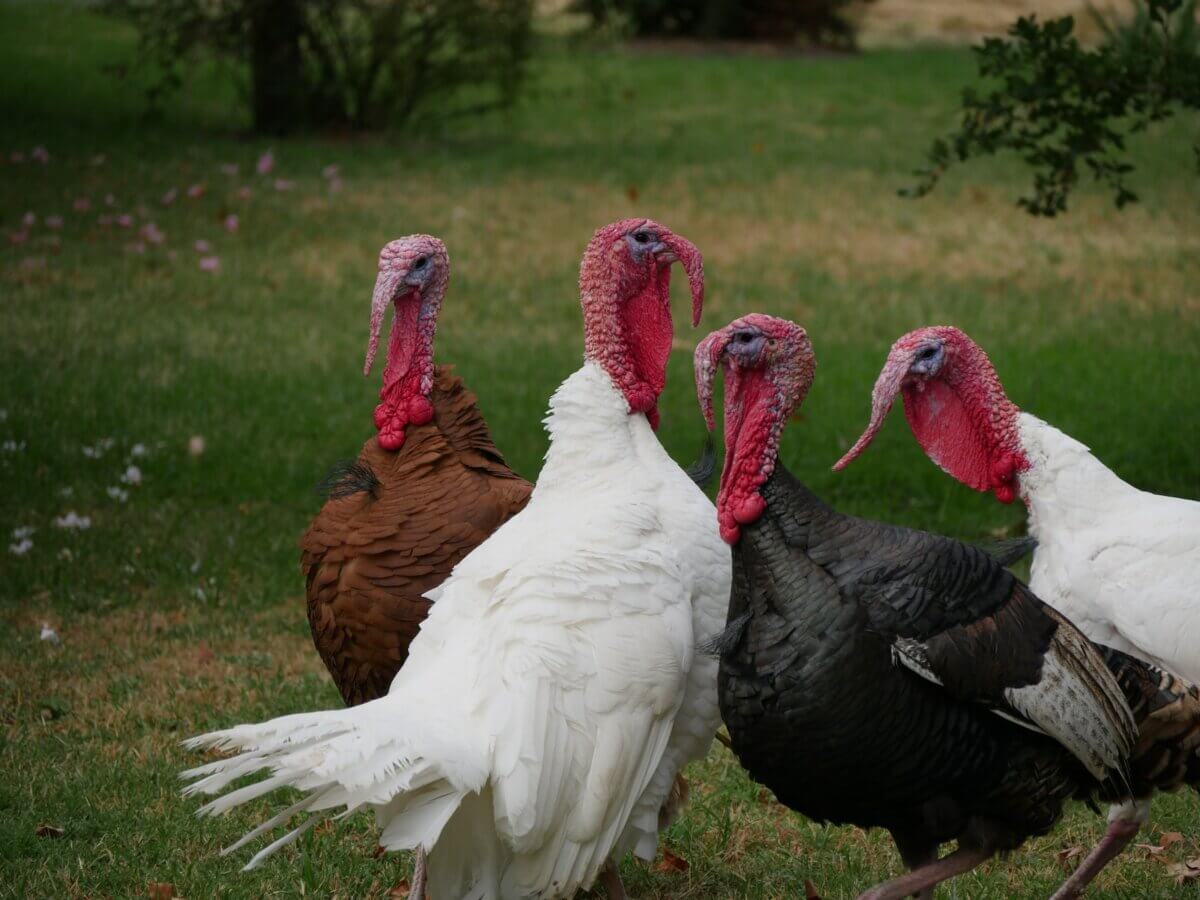
You’ll need 3 to 4 square feet for every turkey when confined, so this goes for their housing and outdoor pens. If you run more of a strict pasture or free-range system, you will need a minimum of 100 square feet a bird. Of course, when you utilize confinement and supplement it with access to the great outdoors, you won’t need so much space on either end.
Something else to consider is feed consumption. Unless you have rich, dense pasture and sufficient space requirements, your turkeys will need a complete feed ration.
Let’s Talk Brooding
Young turkeys, or brooding poults, are much like brooding ducklings or chicks. Their brooder space should be a square foot for every poult. You’ll need just enough air circulation to keep their litter dry without the risk of drafts. Minimal dust from the wooden bedding will reduce the risk of turkeys developing respiratory infections, and it absorbs moisture well enough to avoid the hazard of slipping.
A brooder box consists of something with four solid walls; a durable cardboard box or plastic tote will work. However, you’ll need to make sure there is a place to securely hang a heat lamp above the brooder that is at least 18 inches off the ground. As the poults grow, you’ll have to raise the light to avoid burns and curious pecking at the glass.
Similar to chicks, a turkey poult’s first week in a brooder should be a balmy 95 degrees Fahrenheit. The temperature can be decreased by 5 degrees a week until the birds are fully feathered (usually around 6 to 8 weeks). Once they’ve reached this age, moving the turkeys from the brooder to their permanent housing is safe. If, by chance, your brooder becomes too crowded before they’re old enough to move out, an expansion or extension will be necessary.
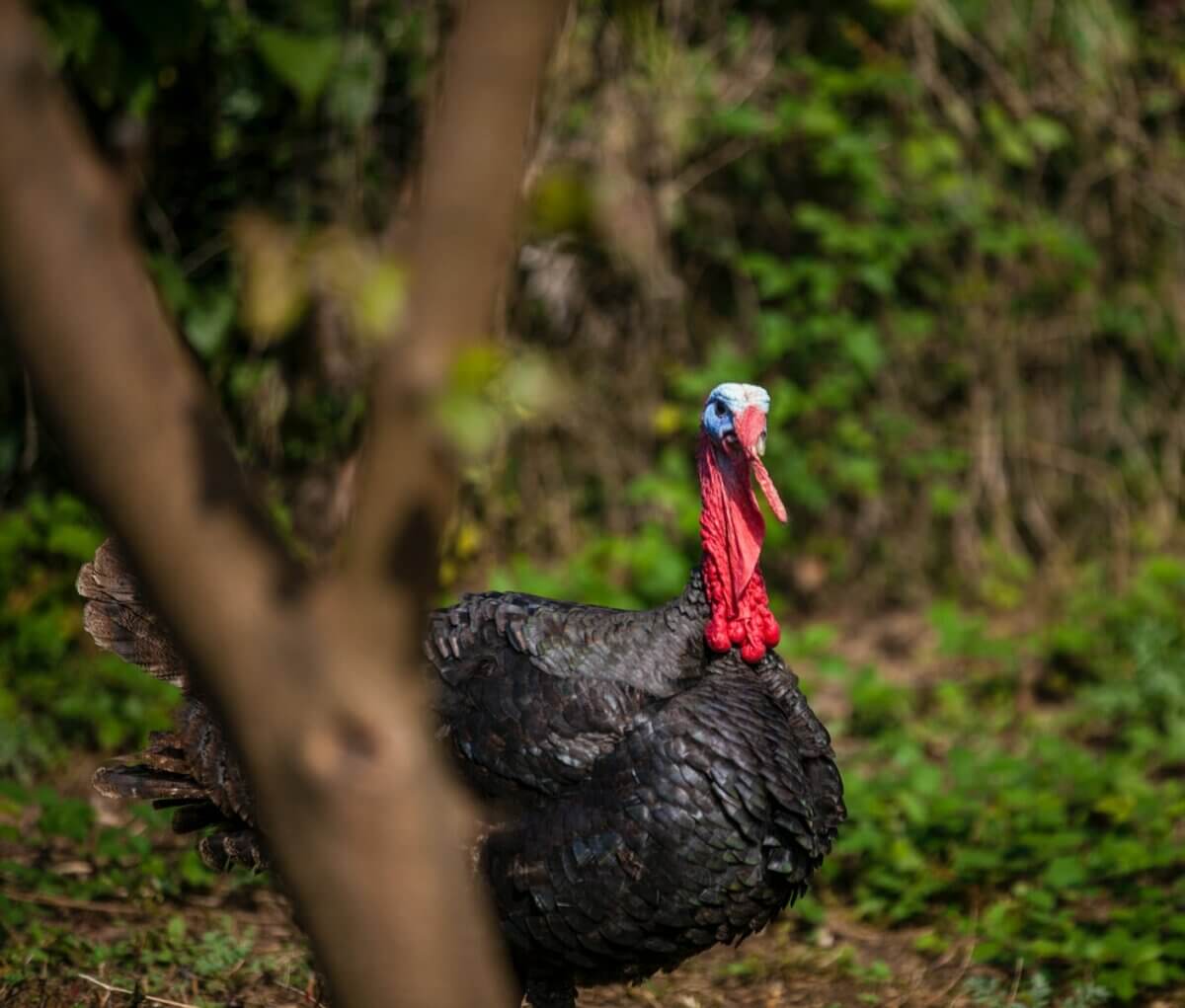
In comparison, turkey poults are a little rougher and more aggressive with each other than chicks. Suppose you notice bullies in the flock excessively and aggressively pecking weaker flock mates. In that case, you can try using a red heat bulb. Red lighting is said to help prevent pecking and is less disruptive to their much-needed sleep.
You will have to show your new poults around the brooder so they know where the food and water are. It’s vital to regularly check on your young turkeys during their first few days. You’ll want to make sure there is an even distribution of poults around the brooder and that they’re eating and drinking. Doing so helps ensure the temperature is ideal and that the birds are happy and healthy.
Turkeys are fast growers, and their body demands a high plane of nutrition and plenty of protein to meet their development and growth needs. A good starter feed should be at least 28 percent protein.
Turkey Housing Options
When it comes to housing, you have a few options for your growing turkeys. These birds can be raised anywhere from moveable coops on a pasture, free-ranged, or in a coop, shed, or barn. Regardless of the housing unit, there are a few essential things across the board.
- Ventilation
- Protection from the elements
- Safety from predators
As with any bird, free-ranged turkeys come with a higher risk of predator attacks. A portable electric fence is an excellent option for pasture-raised birds. It will keep them within the bounds of safety and keep stalking predators at bay. Predator birds are another story since they can swoop in for their desired bounty.
Another vital component of free-range and pasture-raised birds is that they will need some shelter to sleep in at night, as well as something to hide out in during the day in case the weather gets bad, or they feel unsafe. If you choose to keep your flock in confinement, you’ll want to incorporate a low-maintenance outdoor space for them to get fresh air.
Like chickens and most birds, turkeys have a natural instinct to roost. However, suppose you’re raising them for market purposes. In that case, it’s not recommended to have them roosting because it can cause breast blisters and bruising. Not to mention some breeds are a tad bit on the heavy side. Instead, you can provide dry litter or bedding for them. The bedding should be deep enough for them to nestle into it. This allows them to be more comfortable.
Managing the Flock
Raising turkeys away from other birds, both wild and domestic, is stressed often. This is because there are several shared concerning poultry diseases. Some of these diseases are detrimental to turkeys and can be acquired through contact with infected chickens.
Because chickens are somewhat resistant to some of these diseases (like blackhead) they can be undetected carriers. Because of this, it’s recommended to raise turkeys separate from chickens and other birds. While they can be raised on the same property without issue, their equipment, dishes, and housing should be separate.
If you’re raising your turkeys for meat, the ideal weight for harvesting will depend on you and the breed you are raising. For instance, broad breasted white tom turkeys grow between 25 to 35 pounds or more, and hens range between 15 to 20 pounds. This is one of the reasons it’s essential to put some consideration into the breed you choose.
Commercial varieties will reach heavier weights with the best feed-to-meat conversions. Alternatively, heritage or traditional breed varieties are smaller and will take longer to reach their optimal size. That in no way diminishes the varying advantages like flavor, foraging abilities, and hardiness these breeds have over commercial varieties.
Something that’s nice about raising backyard turkeys is they have an incredibly high percentage. On average, and with some variance, turkeys dress around 75 percent of their body weight. Consider that when making the choice of the breed you’ll raise.
Notable Breeds
Below, you’ll find a handful of turkey breeds worth considering. As with any bird, all breeds hold different qualities, benefits, and drawbacks.
Bourbon Red
These attractive red and white turkeys add a flair of color to the backyard flock. They’re medium-sized birds and are highly recognized for their flavorful meat.
Size – toms 33 pounds, hens 18
Does well in partial outdoors, confinement, and pasture.
Broad Breasted White
This breed is considered the breed of choice in commercial markets. Broad breasted white turkeys are the largest and fastest-growing breed.
Size – toms 36 pounds, hens 20
Does well in confinement.
Bronze
Here we have the original market bird. Their coppery color gives them that traditional Thanksgiving turkey look. There are only two strains of bronze turkeys: the heritage variety and the broad breasted bronze variety. Their strength and hardiness make them an optimal choice for backyard turkey raisers.
Size – toms 36 pounds, hens 20
Does well in partial outdoors and confinement.
Royal Palms
This breed brings a touch of elegance to the backyard. While they’re a considerably smaller and slower maturing breed, they’re excellent foragers. Royal palms are light enough to fly and roost without issues.
Size – toms 16 pounds, hens 10
Does well in pasture and partially outdoors.
Slate
Slate turkeys are a medium breed with a distinct coloration in a variety of shades from grays to blues. These birds are known for their robust immunity, flavor, and overall hardiness.
Size – toms 33 pounds, hens 18
Does well in a pasture, outdoors, and in partial confinement.
Turkeys are beautiful birds that vary in size and looks, and all of them can make excellent backyard animals. Because these birds are typically larger than chickens, they’ll need more space, food, and room to roam. Before you make any lifelong decisions, I highly recommend doing your homework, and as I mentioned previously, raising backyard turkeys with other birds is not recommended because of the disease risk.



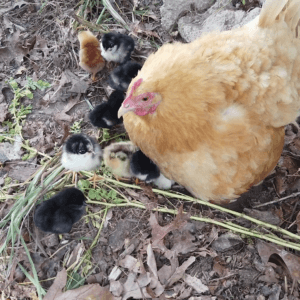





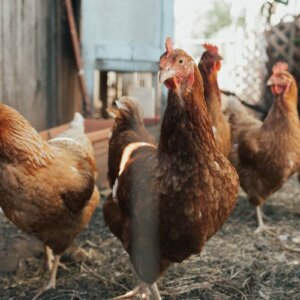
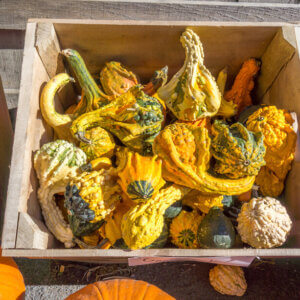






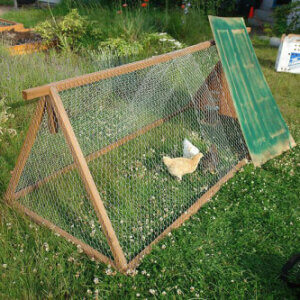
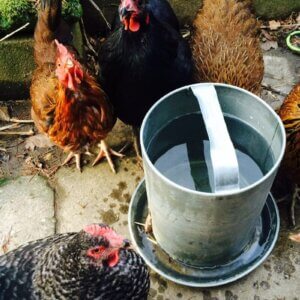






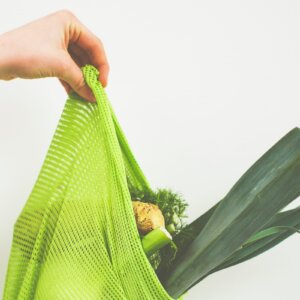













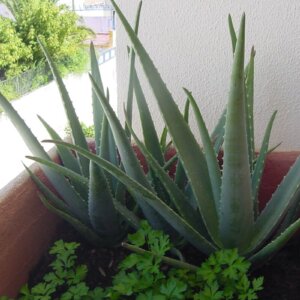


Leave a Reply